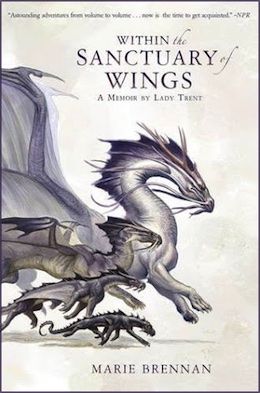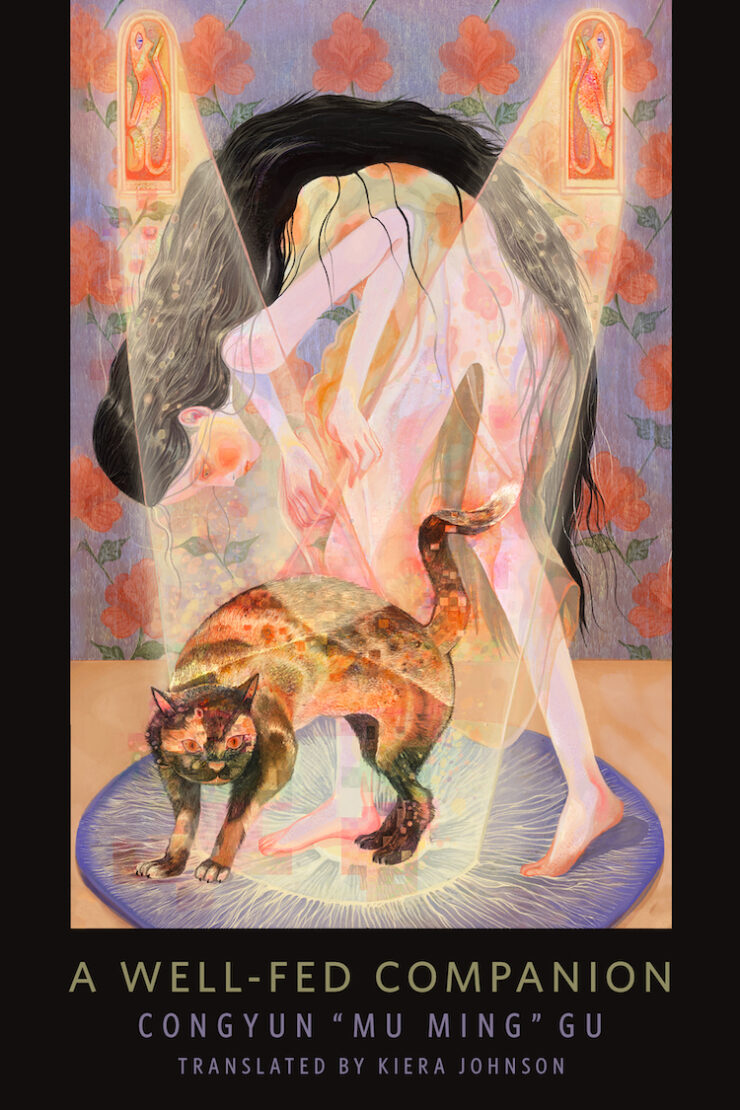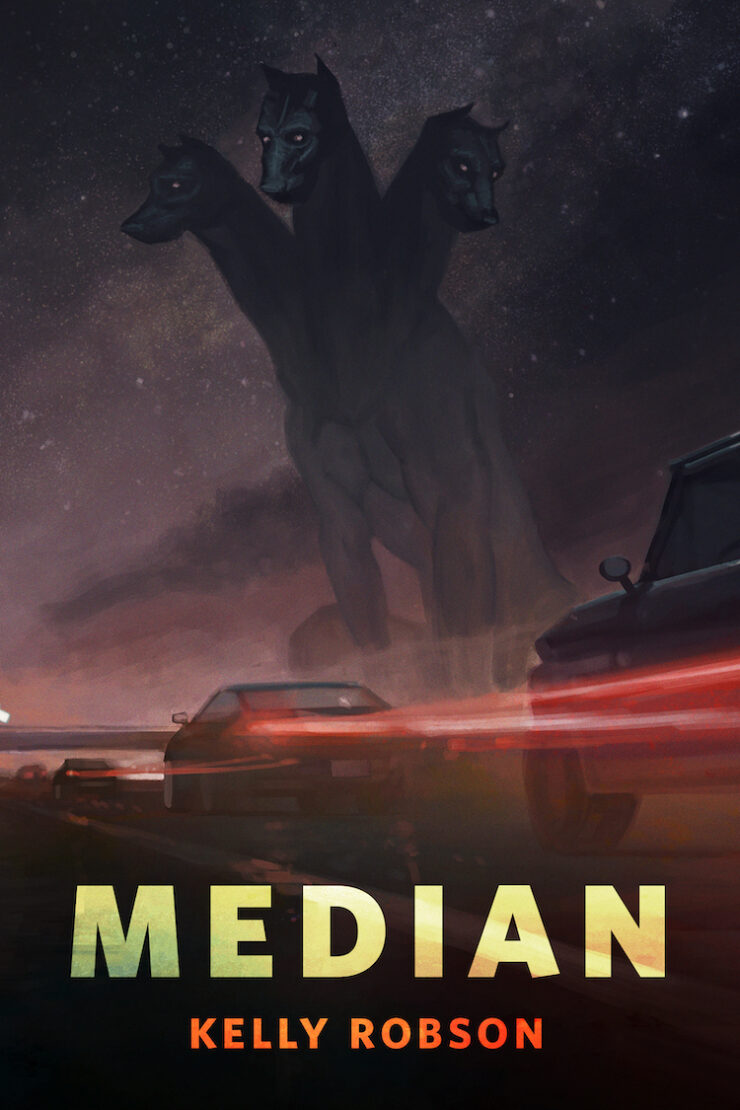In the spring of 2016, a close friend of mine moved away.
Or at least that’s what it felt like. After five years spent writing the Memoirs of Lady Trent, I finished the last book… and suddenly my protagonist wasn’t a part of my life anymore. Not the way she used to be. I still think about her, of course, and now that Within the Sanctuary of Wings is in readers’ hands, she’s very much on other people’s minds. So metaphorically speaking, we’re still in contact with each other. But we don’t hang out every night like we used to.
I’ve never had this reaction to the end of a series before—but then again, my other series were different. The Doppelganger books got written five years apart, and there are only two of them in total. There are four Onyx Court novels, but they tell a less unified story; with each book taking place in a new century of English history, my faerie characters are the only ones who stick around for more than a single volume, and even then, there isn’t one protagonist for the whole series. The Wilders series does have that unity, but I haven’t written the third and final book yet.
Lady Trent? She’s different. And it isn’t just because her series is longer, though that contributes. Nor is it because I wrote all five books back to back, without a gap of years in between—though that has an effect, too.
I think the key factor is the narrative voice.
The Memoirs are written in the first person instead of third. And not just the type of first person where the “camera” is perched on the heroine’s shoulder as she goes about her life, but the type where the narrator knows she’s telling her story for an audience. I didn’t realize, when I chose to approach the first novel that way, that it would have the effect of creating a stronger connection between the character and the reader—or the character and the writer. But it means I’ve written nearly five hundred thousand words of Isabella talking to me.
Writers sometimes speak of their characters as if they were real people. It isn’t because we’re delusional; it’s because we train our minds to think of them that way. We need our characters to be vivid, three-dimensional, to give the impression of a life outside the story. How else can we tell what they would do in any given situation? Some of them wind up feeling more real than others. Lady Trent is more real to me than any other character I’ve ever written—to the point where, for the last several years, I’ve invited readers to send her letters during the month of February. And she’s real enough that quite a few readers have taken me up on that, writing letters that are amusing or thoughtful or sometimes heartbreaking. They tell her about their dreams and aspirations, the obstacles they face, their struggles with self-doubt and unsupportive family. I’ve gotten fanmail for other things I’ve written, but nothing to compare with this: people baring their hearts on the handwritten page to a woman who only exists on a page herself. I do my best to answer them; I hope it’s enough.
I look forward to the things I’m planning to write next. With this series moving into my rearview mirror, my brain is exploding with half a dozen different ideas, all clamoring for my attention.
But I’m going to miss Lady Trent. I hope she keeps in touch.
 Marie Brennan is the author of multiple series, including the Varekai novellas, the Onyx Court, the Wilders, and the Doppelganger duology, as well as more than forty short stories. Within the Sanctuary of Wings, the fifth and final book of the Lady Trent series, is available from Tor Books. More information can be found at her website.
Marie Brennan is the author of multiple series, including the Varekai novellas, the Onyx Court, the Wilders, and the Doppelganger duology, as well as more than forty short stories. Within the Sanctuary of Wings, the fifth and final book of the Lady Trent series, is available from Tor Books. More information can be found at her website.










